From Beginner To Pro: Your Ultimate Guide To Mastering Pickleball
Pickleball Introduction
Pickleball, a thrilling and inclusive sport, has taken the world by storm. Combining elements of tennis, badminton, and ping pong, it offers a unique and enjoyable experience for players of all ages and skill levels. Whether you’re just starting or looking to elevate your game to pro level, this ultimate guide will equip you with the knowledge and techniques needed to become a master of pickleball.
1. Understanding the Basics
The Court and Equipment
Start your pickleball journey by familiarizing yourself with the court and equipment. Pickleball courts are 20 feet wide by 44 feet long and feature a non-volley zone1[The non-volley zone in pickleball, also known as the “kitchen,” is an area close to the net where players cannot hit the ball out of the air (volley) to promote fair play and prevent aggressive net play.] (NVZ) that extends 7 feet from the net on each side. The net is set at a height of 36 inches at the center. Pickleball paddles are typically made of materials like wood, composite, or graphite, and the ball is made of durable plastic with holes.
Scoring and Serving
In pickleball, scoring is straightforward, and games are typically played to 11 points (or 15 points in some cases). You can only score a point when your team serves. The serving team must keep their feet behind the baseline while serving, and the ball must clear the net and land in the diagonal service court to be considered valid. The serve must be underhand, and players take turns serving until a fault occurs.
The Double Bounce Rule
The double bounce rule is a critical aspect of pickleball. After the serve, both teams must allow the ball to bounce once on each side before they can hit it out of the air. This ensures that every point begins with a soft and controlled shot, promoting longer rallies and exciting exchanges.
2. Mastering the Fundamental Shots
The Serve
The serve is your opportunity to initiate the point and gain an advantage. Develop a consistent and reliable serve by practicing various serving techniques, such as the traditional low serve, high arc serve, and the spin serve. Experiment with different grips and ball toss positions to find what works best for you.
The Return of Serve
A strong return of serve sets the tone for the rally. Focus on getting the ball back deep and low to prevent your opponents from taking control of the point. Practice the third-shot drop, a soft shot that lands in the NVZ, to gain an advantageous position at the net.
The Dink
The dink is an essential shot for precise and controlled play near the net. Work on using a gentle underhand stroke to softly place the ball over the net, just clearing the NVZ. Mastering the dink will allow you to maintain control during long rallies and force your opponents into difficult shots.
The Groundstroke
Groundstrokes are powerful shots used when the ball is bouncing at or near waist height. Practice hitting forehand and backhand groundstrokes with proper footwork and body rotation to add depth and power to your game. A strong groundstroke will enable you to take advantage of opportunities to attack and win points.
Becoming proficient in these fundamental shots is crucial for any pickleball player looking to advance their skills. Focus on consistency, accuracy, and developing a variety of shots to keep your opponents guessing and maintain control during matches.
3. Getting Comfortable with Footwork
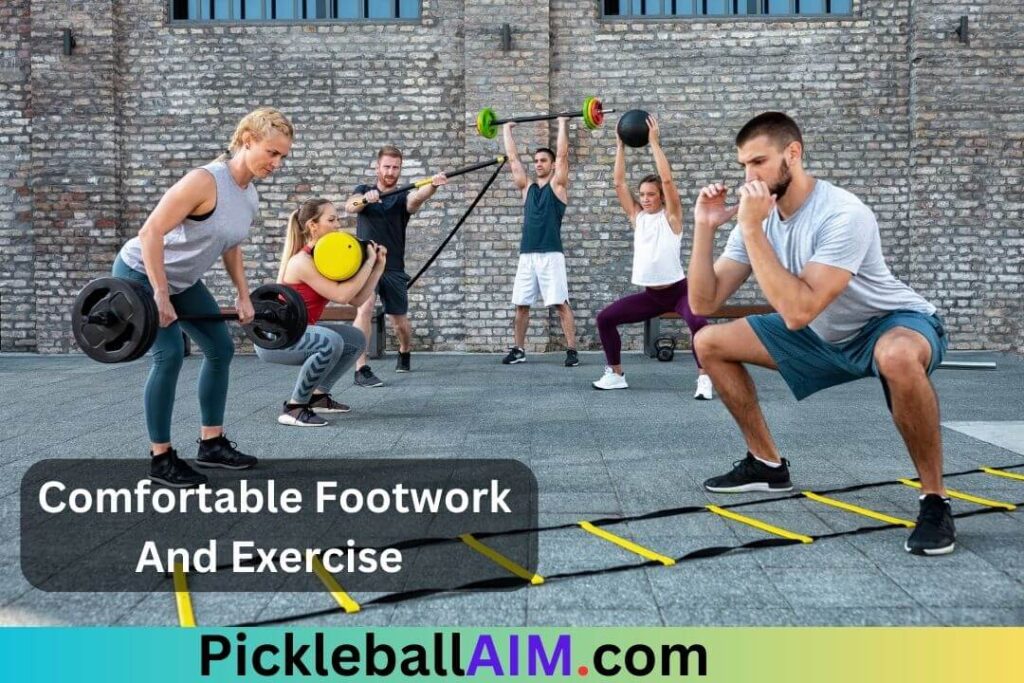
Maintain a Balanced Stance
A balanced stance is the foundation of good footwork in pickleball. Keep your weight centered and distribute it evenly on both feet. This stance allows you to move quickly in any direction without losing your balance. Avoid leaning too far forward or backward, as it can slow down your movement and make you vulnerable to aggressive shots.
Use Small and Quick Steps
In pickleball, quick and nimble footwork is essential for reacting to your opponent’s shots. Use small, controlled steps to move around the court efficiently. Avoid taking big strides, as they can throw off your balance and make it challenging to change direction quickly. Focus on staying light on your feet and ready to respond to any situation.
Position Yourself Strategically
Anticipate your opponent’s shots and position yourself accordingly. When your opponent is preparing to hit a forehand, move towards your backhand side to cover the court effectively. Conversely, when they are setting up for a backhand shot, position yourself closer to your forehand side. Anticipating their shots will allow you to be in the best position to react and respond quickly.
4. Playing Smart Strategies
Read Your Opponent’s Movements
Develop the ability to read your opponent’s movements and body language on the court. Pay attention to their positioning, footwork, and paddle angle, as these cues can give you insights into their next shot. Anticipating their moves will give you a split-second advantage to prepare for their shot and react accordingly.
Use Smart Shot Selection
Instead of relying solely on power shots, incorporate smart shot selection into your game. Utilize dinks to create drop shots that land softly near the net, forcing your opponents to approach the NVZ. This tactical play can put them on the defensive, allowing you and your partner to seize control of the point. Employ lobs to counter opponents who frequently charge the net, catching them off guard and forcing them to retreat.
Control the Tempo of the Game
Mastering the art of controlling the pace of the game is a valuable skill in pickleball. Adjust the speed and intensity of your shots to disrupt your opponent’s rhythm. Slow down the game with soft and controlled shots when you need to regain your position or catch your breath. Conversely, speed up the game with aggressive shots to put pressure on your opponents and force errors.
Stay Patient and Composed
Pickleball can be a fast and intense game, but it’s essential to remain patient and composed during rallies. Avoid going for overly aggressive shots when the situation doesn’t call for it. Instead, focus on consistent and strategic play, waiting for the right opportunity to take advantage of your opponent’s weaknesses. A patient approach will lead to more opportunities to dictate the pace of the game and control the rallies.
By honing your footwork and playing smart strategies, you’ll become a more well-rounded pickleball player. Remember to stay adaptable and continuously learn from your opponents’ strengths and weaknesses. Embrace the mental aspect of the game and combine it with your improved footwork and shot selection to raise your pickleball skills to a higher level.
5. Emphasizing Communication and Teamwork
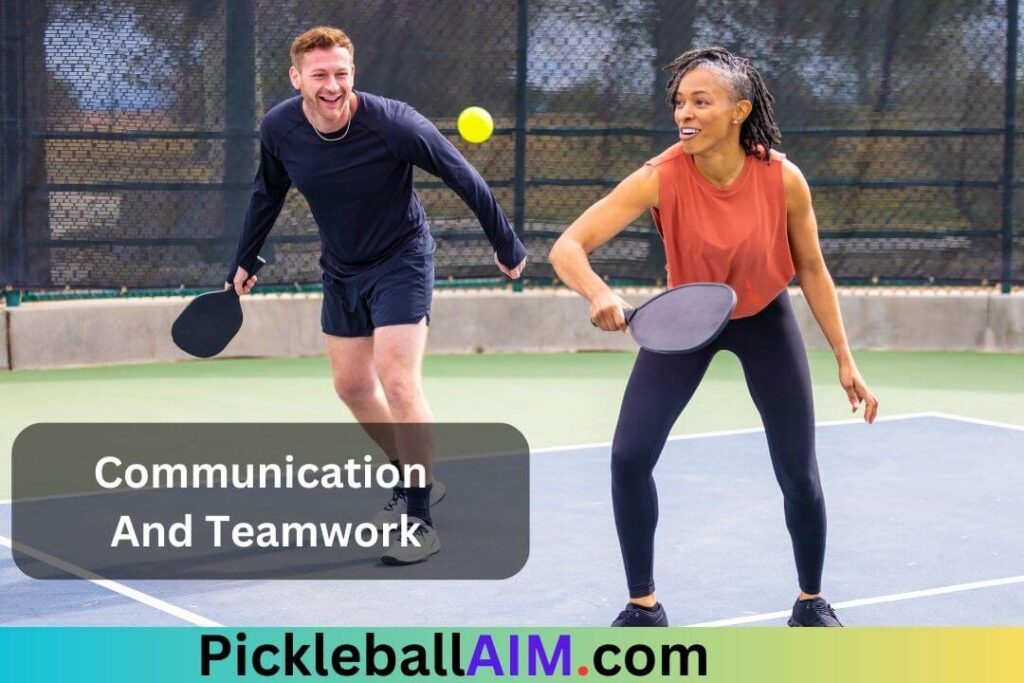
Coordination with Your Partner
In doubles pickleball, effective communication with your partner is crucial for success on the court. Develop a system of signals or call out shots clearly to avoid confusion during the fast-paced game. Communicate your intentions and strategies to ensure both players are on the same page throughout the match.
Covering the Court
Work together with your partner to cover as much of the court as possible. By dividing the court strategically, you can anticipate and respond to shots more efficiently. Coordinate your movements to ensure that there are no gaps in court coverage, reducing the chances of opponents exploiting weak areas.
Trust and Understanding
Trust is the foundation of any successful doubles partnership. Develop a sense of understanding with your partner’s playing style, strengths, and weaknesses. Trust that your partner will be in the right position to cover certain shots, allowing you to focus on your own responsibilities on the court. A strong bond of trust will lead to a harmonious and effective partnership.
6. Engaging in Regular Practice
Consistency and Dedication
Improvement in pickleball requires consistent and dedicated practice. Set aside regular practice sessions to work on your shots, footwork, and strategies. Whether you practice alone, with a partner, or as part of a group, regularity is key to honing your skills and developing muscle memory.
Drills and Match Simulations
Incorporate a variety of drills into your practice routine. Focus on drills that target specific aspects of your game, such as serving, dinking, or quick footwork. Engage in match simulations to recreate real-game situations and improve your decision-making under pressure.
Seek Challenges and Feedback
Challenge yourself by playing with more experienced players or joining advanced practice groups. Playing against stronger opponents will push you to elevate your game and adapt to higher levels of play. Be open to feedback from coaches, partners, or even opponents. Constructive criticism can provide valuable insights into areas that need improvement.
7. Participating in Tournaments and Leagues

Test Your Skills
Tournaments and leagues offer an opportunity to put your skills to the test in a competitive environment. Participating in these events will expose you to different playing styles and strategies, helping you grow as a player.
Measure Your Progress
Competing in tournaments and leagues allows you to gauge your progress over time. Keep track of your performance, and use the experience as motivation to set new goals and improve your game further.
Experience the Thrill of Competition
Competing in pickleball tournaments and leagues can be incredibly rewarding and exhilarating. The thrill of victory and the camaraderie among players create an unforgettable experience that will fuel your passion for the sport.
Incorporate effective communication with your partner, regular practice, and participation in competitive events into your pickleball journey. By embracing these aspects of the game, you will evolve from a beginner to a proficient and accomplished pickleball player, capable of taking on the challenges of higher-level play with confidence and skill.
8. Seeking Professional Coaching
Personalized Feedback and Assessment
Professional coaches offer invaluable insights into your playing style, technique, and decision-making. Through one-on-one coaching sessions, they can provide personalized feedback to help you identify strengths and areas that require improvement. A coach can assess your game objectively and create a tailored training plan to target specific aspects of your play.
Specialized Training
Coaches with expertise in pickleball can provide specialized training to address specific aspects of your game. Whether you need to refine your serves, perfect your dinking technique, or work on your footwork, a professional coach can design drills and exercises tailored to your needs. They can also introduce you to advanced strategies and tactics used by pro-level players.
Accelerated Progress
Learning from experienced coaches can accelerate your progress in pickleball. They bring years of knowledge and experience to the table, helping you avoid common mistakes and adopt efficient techniques faster. With expert guidance, you can advance through the learning curve more quickly and become a more formidable player on the court.
9. Embracing a Growth Mindset
View Challenges as Opportunities
A growth mindset embraces challenges as opportunities for learning and improvement. Instead of being discouraged by setbacks or losses, see them as chances to identify areas for growth and development. Maintain a positive attitude and approach each game, practice, or coaching session with a willingness to learn.
Celebrate Progress and Effort
Recognize and celebrate your progress, no matter how small. Each step forward, be it mastering a new shot or improving your footwork, deserves acknowledgement. Appreciate the effort you put into your pickleball journey, as every bit of dedication contributes to your growth as a player.
Embrace Continuous Learning
Pickleball, like any sport, is constantly evolving. Embrace the idea of continuous learning and improvement. Stay open to new strategies, techniques, and insights from experienced players and coaches. The willingness to adapt and learn from others will keep your game fresh and dynamic.
Stay Passionate and Resilient
Maintain your passion for pickleball and let it fuel your determination to improve. Embrace challenges and setbacks as opportunities to bounce back stronger. A resilient mindset will help you stay committed to your goals and push through obstacles on your path to becoming a pro-level pickleball player.
Incorporating professional coaching and cultivating a growth mindset will not only improve your pickleball skills but also enhance your overall experience with the sport. As you progress from a beginner to an advanced player, remember that the journey is as important as the destination. Stay dedicated, be open to learning, and savor every moment on the court as you strive to master pickleball.
Conclusion:
Pickleball, a dynamic and exciting sport that combines elements from various racket sports, has captured the hearts of players worldwide. This ultimate guide has equipped you with the knowledge and techniques needed to take your pickleball skills from a beginner to a pro level.
Understanding the basics, mastering fundamental shots, improving footwork, playing smart strategies, emphasizing communication with your partner, regular practice, participating in tournaments, seeking professional coaching, and embracing a growth mindset are the stepping stones on your journey to becoming a master of pickleball. Embrace the challenges, celebrate your progress, and stay passionate about the sport as you continue to develop your skills and elevate your game. With dedication and determination, you can reach new heights and experience the thrill of success in this vibrant and inclusive sport.
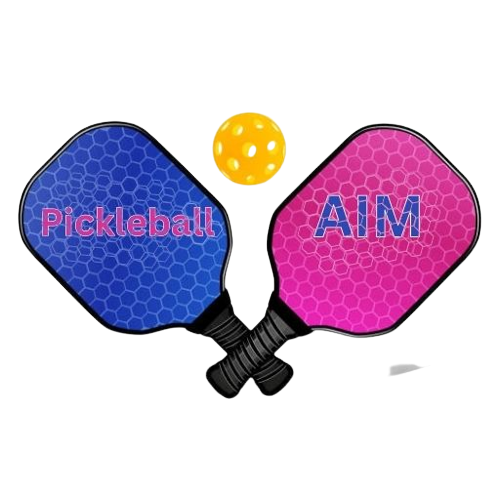
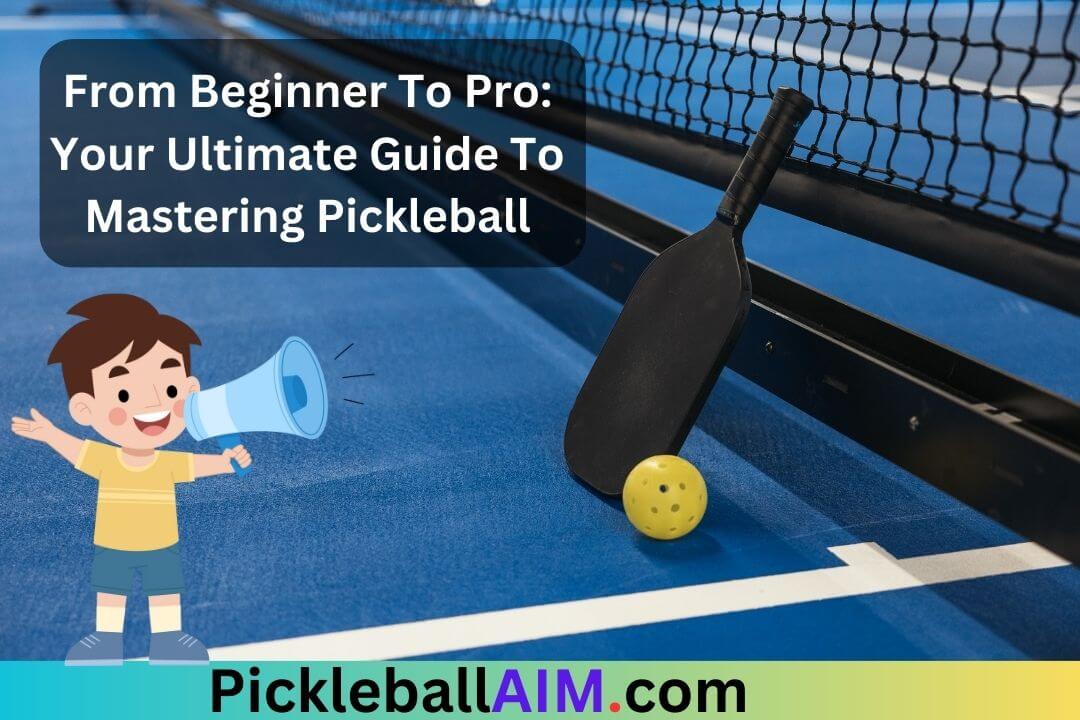
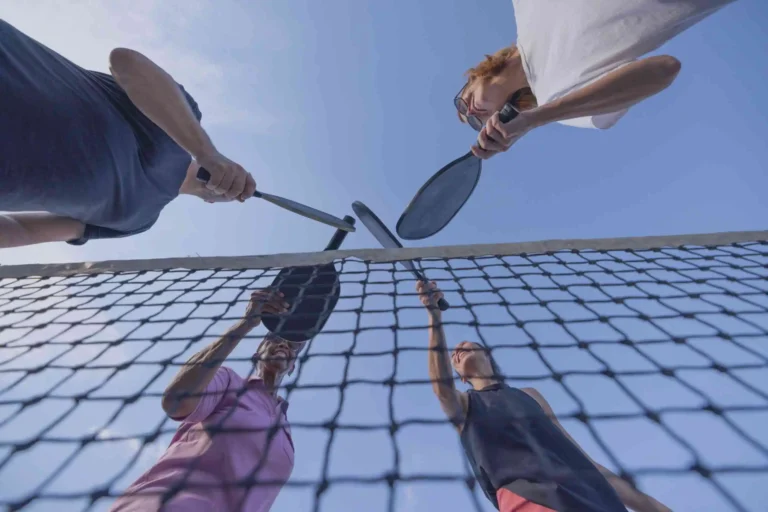

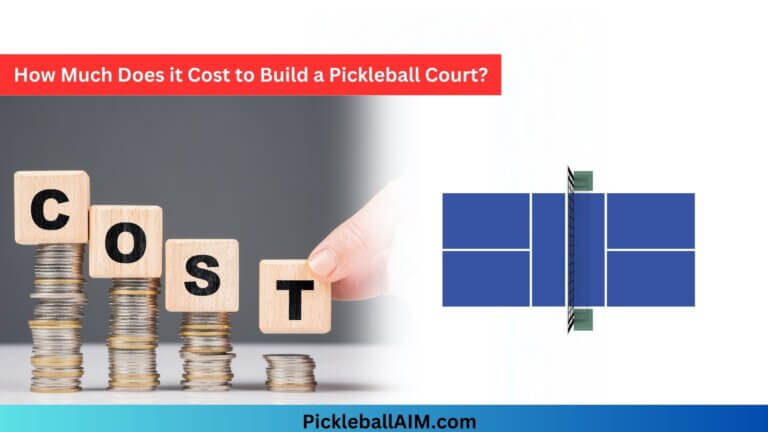
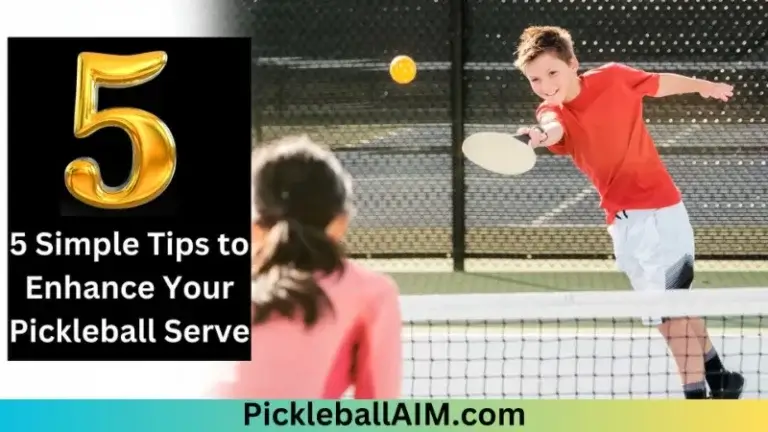


One Comment